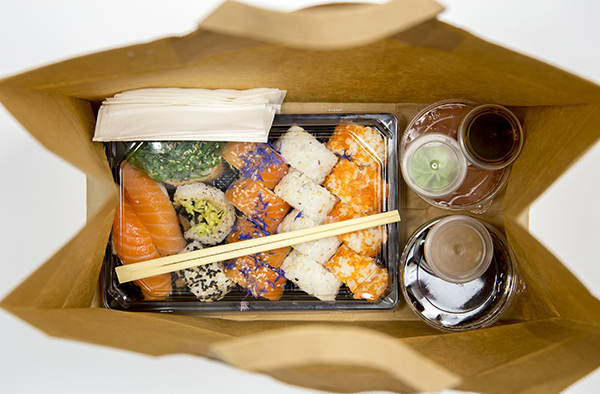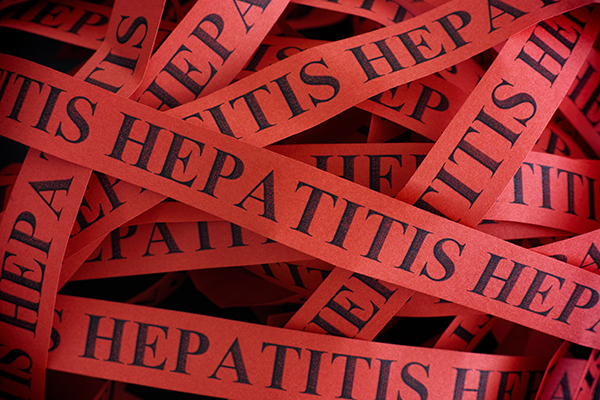Changing Climate: The Unseen Impact on Food Safety
In June, I was asked to participate in the Allinfoodz podcast, put on by a colleague, Dr. Amit Sharma, at Penn State University. One of the points Dr. Sharma wanted to discuss was the impact of climate change on food safety, which is something I was certainly aware of, but not something I had done much research on. However, when preparing for the interview and podcast, it was interesting to learn more about the relationship between the two.
Although the topic of climate change can be a political hot button in an age where everything seems to be to the extremes, regardless of the cause, there is evidence weather patterns across the globe are changing, and this change does have an impact on overall food safety in the complex global food system. One thing we can all agree on is climate change and food safety impact all of us.
It shouldn’t be difficult to understand the impact rising temperatures could have on food safety, and I am guessing anyone who reads these blogs has likely taken a food safety training class and understands the temperature danger zone – the range from 41°F to 135°F where bacteria multiple the fastest. Thus, it stands to reason that the warmer our environment becomes, the greater the chances for a foodborne illness outbreak. A few years ago, the World Health Organization released a report that noted when the ambient temperatures are greater than 41°F, cases of salmonellosis in Europe would increase 5% to 10% for each 1.8°F increase in the average weekly temperature. Several different studies have noted very similar results in various countries and cities around the world.
…the warmer our environment becomes, the greater the chances for a foodborne illness outbreak….cases of salmonellosis increase 5% to 10% for each 1.8°F increase in weekly temperature average.
As temperatures increase, extreme weather events are more likely to occur. Just last month, we had six extreme weather events occur in the US on the same day, June 13. While Yellowstone National Park was dealing with flooding that closed the park, the Midwest and Southern part of the US were hit by a derecho, while other parts of the Midwest and South dealt with a severe heat wave, wildfires raged through Alaska and the Southwest, and the west was still in the midst of a drought.
What does this mean for the foodservice operation? Be vigilant. Changing weather patterns will increase the incidence of foodborne illnesses over time. Bacteria, viruses, and parasites will mutate and change, new concerns will emerge. Stay up to date with these issues to have the best chance at protecting your business and your customers.
I do hope you all had a happy and safe 4th of July. If you haven’t kept up to date on the SafeBites on-demand webinars, be sure to watch out most recent recording and submit your request for the certificate, if you need it. Be sure to reach out if you have any questions about food safety, we are happy to help. Risk Nothing










